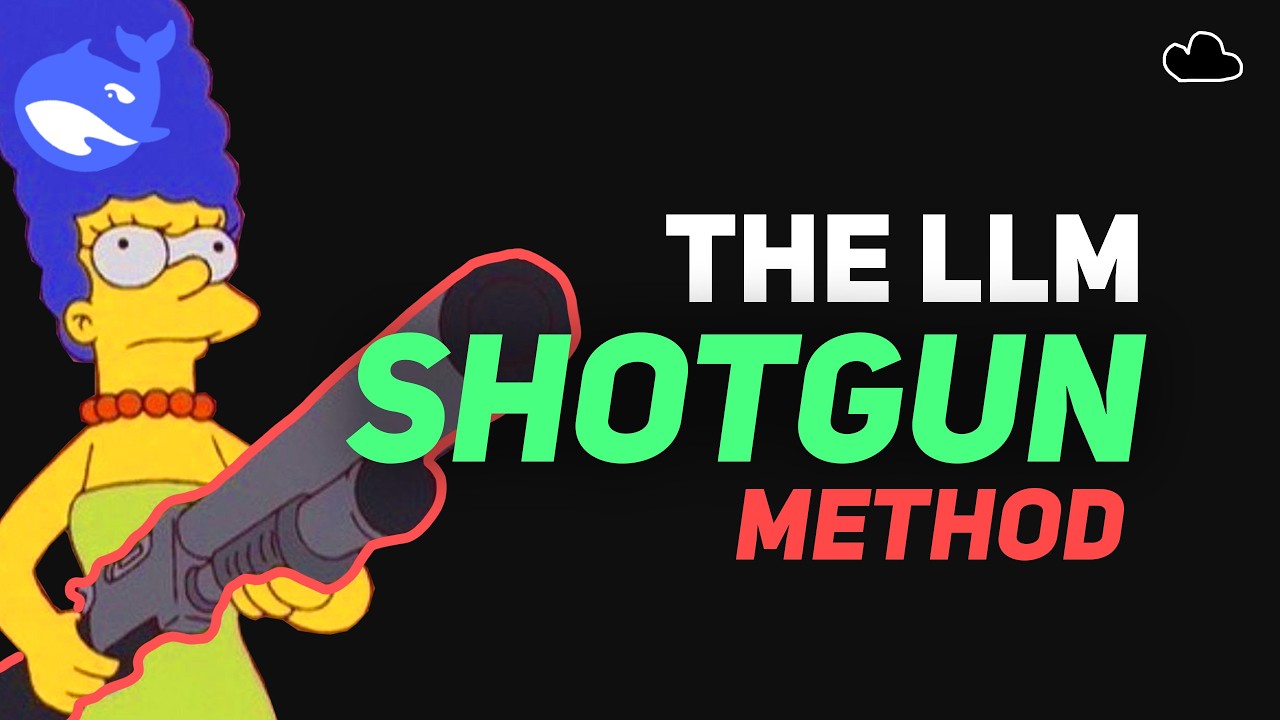The video discusses how multi-token prediction (MTP), especially when integrated as a training method like in DeepSeek V3, can significantly enhance the foresight, speed, and accuracy of large language models by enabling them to predict multiple tokens simultaneously and develop longer-range dependencies. Despite its potential, MTP remains underexplored in AI research, but its adoption could lead to more coherent, efficient, and capable language models.
The video explores the limitations of current large language models (LLMs) that predict one token at a time in a left-to-right manner. This approach makes it difficult for models to accurately predict their own future generations, such as counting words or understanding long-term dependencies. To address this, the speaker discusses diffusion language models, which predict multiple tokens simultaneously within a fixed window, allowing all tokens to influence each other and potentially produce more coherent and structured outputs. However, transitioning from traditional transformers to diffusion models presents significant architectural challenges, and while some progress has been made, the success of next-token prediction remains dominant.
One proposed solution to improve foresight in token prediction is multi-token prediction (MTP), where models generate two, three, or even four tokens at once. The initial approach involves using multiple parallel output heads on a shared transformer backbone, each predicting future tokens independently. While this method can theoretically speed up generation, it often results in decreased accuracy and coherence because the predictions are made without communication between the heads. Despite this, larger models tend to benefit more from MTP, showing improvements in performance and reasoning tasks, and it also offers a potential three to four times speed increase during inference.
The speaker highlights that even models trained solely with standard next-token prediction implicitly develop some foresight, as their internal hidden states can approximate future tokens with notable accuracy. This suggests that larger models naturally build internal representations that anticipate future outputs, making multi-token prediction a promising avenue for enhancing model performance without significant additional training. However, despite its potential, MTP has not been widely adopted or emphasized in major AI research, partly because its benefits are often overshadowed by other features or innovations in existing models.
A breakthrough discussed in the video is the adaptation of MTP as a training objective rather than just a prediction method. The DeepSeek V3 model exemplifies this by incorporating sequential MTP modules during training, which predict multiple tokens while maintaining a causal chain. This approach avoids the inconsistency issues of parallel heads and allows the model to develop richer, longer-range foresight capabilities. During inference, the model can still predict multiple tokens at once, achieving significant speedups (up to 1.8 times faster) and improved accuracy in token prediction, demonstrating that MTP can be effectively integrated into the core training process.
In conclusion, the video emphasizes that multi-token prediction, especially when used as a training technique, offers a promising and relatively low-cost way to enhance the capabilities of language models. By enabling models to better anticipate future tokens and develop longer-range foresight, MTP can improve reasoning, coding, and overall performance. The innovative implementation in DeepSeek V3 showcases how this approach can overcome traditional pitfalls, making it a valuable tool for advancing AI language models. The speaker encourages further exploration and research into MTP, highlighting its potential to significantly boost model efficiency and accuracy.
